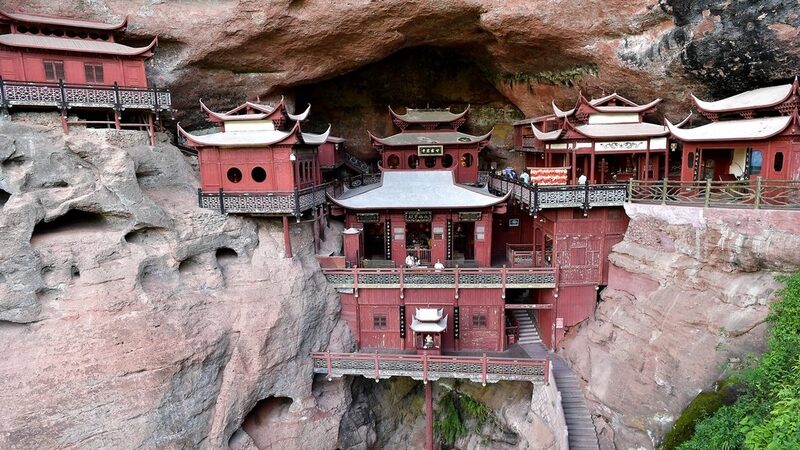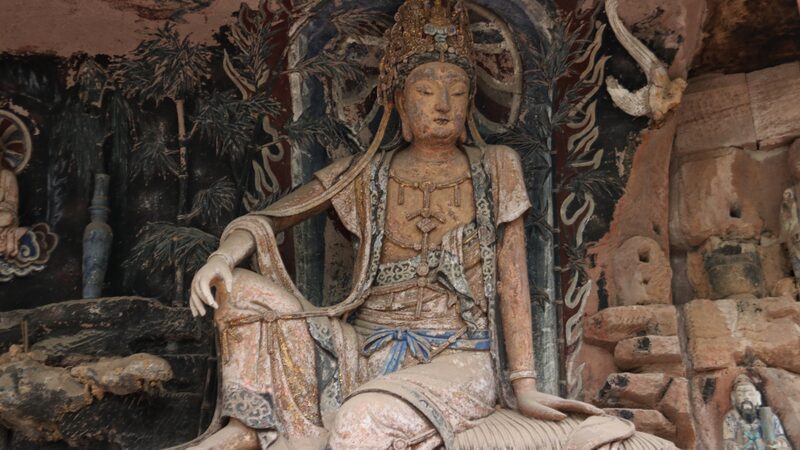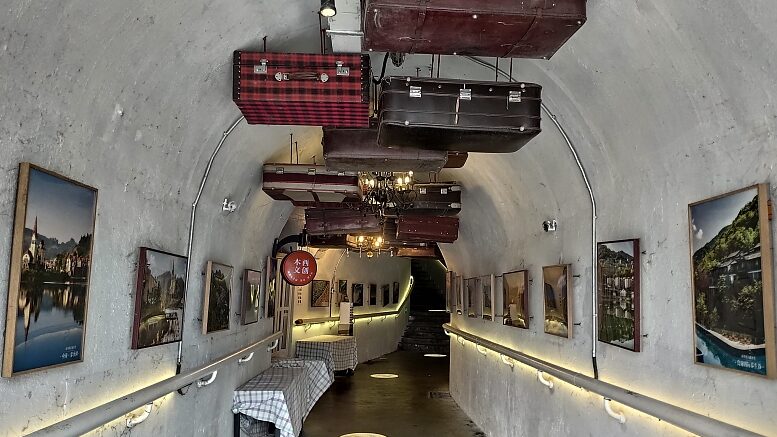Deep within the UNESCO-listed Potala Palace in Lhasa, archaeologists have revealed a 1,300-year-old meditation cave that offers a rare window into Tibet's spiritual heritage. The hidden chamber, believed to have been used by Songtsen Gampo – the 7th-century founder of the Tibetan Empire and the palace’s original architect – contains remarkably preserved artifacts, including a stone stove reportedly used for preparing meals during extended meditation sessions.
While over 1.5 million annual visitors marvel at the palace’s golden rooftops and sacred chapels, few gain access to this subterranean space. Historians suggest the cave predates much of the current palace structure, which was expanded in the 17th century under the Fifth Dalai Lama.
A Living Link to Ancient Rituals
The discovery underscores the Potala Palace’s role as both political center and spiritual sanctuary. The simple stove, worn smooth by centuries of use, stands in stark contrast to the palace’s later gilded altars, reminding visitors of Buddhism’s early roots in the region.
Balancing Preservation and Access
Cultural authorities are developing limited guided tours to protect the fragile site while sharing its historical significance. The move comes as Tibet sees growing interest in its ancient pilgrimage routes and monastic traditions from both domestic and international travelers.
Reference(s):
cgtn.com








